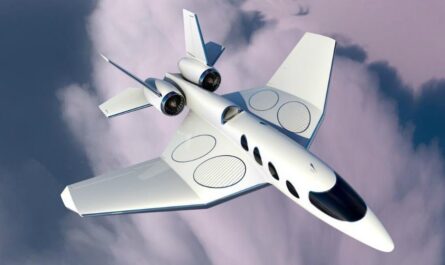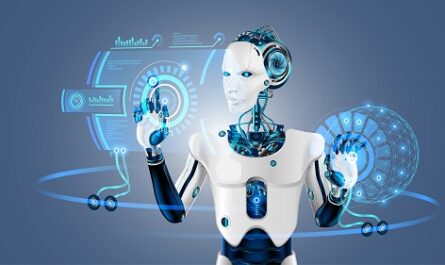A group of researchers at U2IS, ENSTA Paris, has recently introduced an innovative deep learning-based model aimed at improving the motion imitation capabilities of humanoid robotic systems. The researchers published a paper on arXiv, outlining their approach to tackling the challenges associated with human-robot correspondence during the imitation process.
The research focuses on developing a model that can translate sequences of joint positions from human motions to motions achievable by a robot. By leveraging the capabilities of deep learning methods, the researchers aim to address the issues of human-robot correspondence and improve online human-robot imitation.
The model proposed by the researchers separates the imitation process into three key steps: pose estimation, motion retargeting, and robot control. Initially, pose estimation algorithms are used to predict sequences of skeleton-joint positions from human demonstrations. The model then translates these positions into joint positions suitable for the robot, followed by planning the robot’s motions based on the translated sequences.
While training the model requires paired robot and human motion data, such data is scarce and difficult to collect. Therefore, the researchers adopted deep learning methods for unpaired domain-to-domain translation to enable human-robot imitation.
In preliminary tests, the researchers compared the performance of their model to a simpler method that does not utilize deep learning for motion reproduction. The results indicated that current deep learning methods may not be efficient in real-time motion retargeting.
Moving forward, the researchers intend to conduct further experiments to identify and address any issues with their approach, aiming to enhance the model’s performance. They plan to extend the study by exploring the failure of the current method, creating a dataset of paired motion data, and refining the model architecture for more accurate retargeting predictions.
while unsupervised deep learning techniques show promise for enabling imitation learning in robots, further research is required to improve their performance for real-world applications. The researchers are optimistic about the potential of their approach and are committed to enhancing the model to facilitate seamless human-robot motion imitation.
*Note:
1. Source: Coherent Market Insights, Public sources, Desk research
2. We have leveraged AI tools to mine information and compile it




